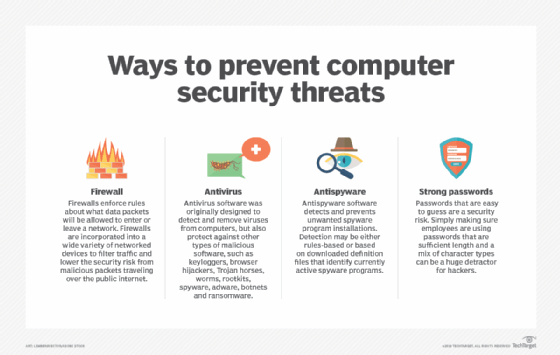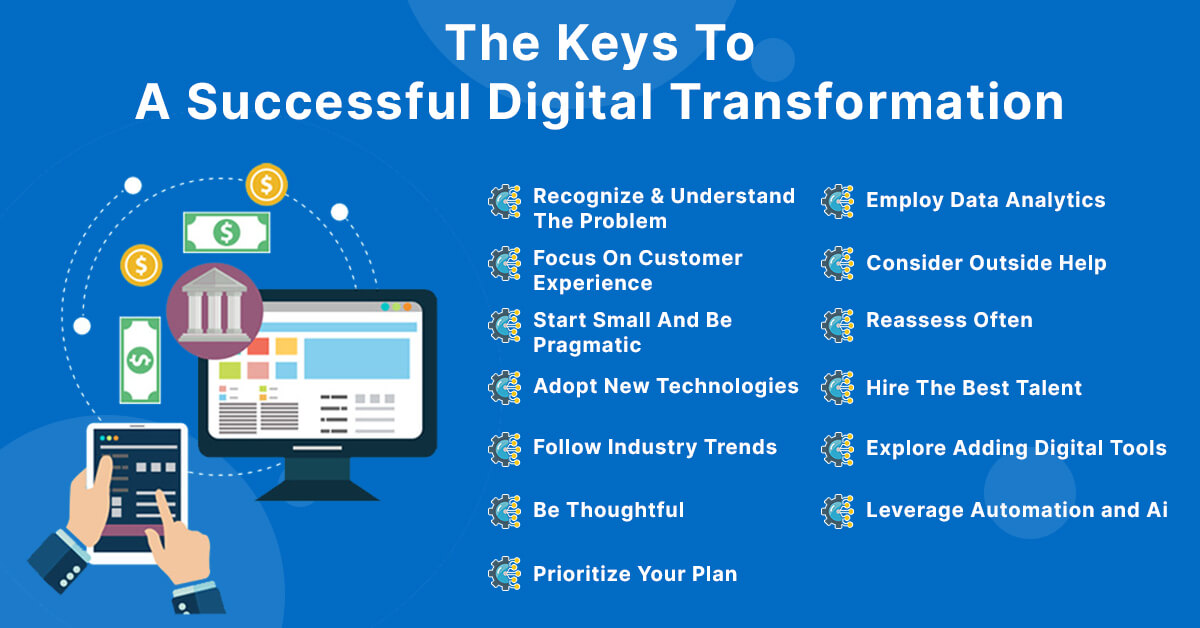Navigating the Battle Between AI-Generated Content and AI Detection

In the great landscape of digital marketing, there’s a peculiar skirmish brewing between the wizards of content creation and the knights of authenticity. Picture this—on one side, we have AI scribes spinning tales at the touch of a button; on the other, valiant AI detection systems, vigilant of deceit, stand in defence of truth. This is the ongoing battle between AI-Generated Content and AI Detection, and it’s about as fascinating as it is unfolding.
Understanding AI-Generated Content
Artificial Intelligence: the ultimate creative wingman, crafting content without even needing a human touch. Text, visuals, audio – all brought to life by our robotic buddies. These systems can do everything from penning SEO-optimised articles and personalised emails to composing symphonies and designing graphics.
The applications are as diverse as they are disruptive. Content creators are empowered to do more in less time. Marketers can target niche audiences with unimaginable precision. Even historians and filmmakers can visualise historically accurate scenes or extrapolate unique characters thanks to AI’s predictive powers.But this isn’t just about efficiency; AI-generated content taps into the unrealised potential of generic automation. It’s not just doing the same tasks faster; in some cases, the machine is doing them better.
AI Detection in Content Evaluation
Looking out for the digital age’s chicaneries are AI detection systems. These are the algorithms that sniff out what’s suspicious and slap an “authentic” or “fake” sticker on content. Their methods vary, from pattern recognition to semantic analysis, and they keep an unblinking eye on plagiarism, fake reviews, and deep fake videos.
This side of the arena is vital because, with great automation, there often comes great power, and as the adage goes, with great power comes great responsibility. AI detection ensures that responsibility isn’t a side-thought in the race for engagement and click-through rates.
Technology in this space is advancing rapidly. In the past, fake news stories and reviews could slip under the radar, but today’s detection systems are nimbler and more accurate. They’re the unsung heroes of the internet, keeping us from becoming cyberspace-sheep in the pastures of information.
Challenges in the Battle
The battleground shifts in favour of neither the content creators nor the content guardians. There’s a balance to strike between enabling the AI-fueled future of content and curating a reliable digital environment.
For content creators, prioritising the ethical utilisation of AI-generated content is crucial. It goes beyond steering clear of legal implications related to intellectual property theft; it’s about upholding trust with audiences. And for those overseeing detection systems, the challenge lies in catching content before it convinces—before the damage is done.
Both parties innovate in this battle, crafting more sophisticated tools, developing keener methods, and refining their respective crafts. The goal? To secure a digital-sphere that is as authentic as it is innovative. Companies such as kingkong.co/uk/ will help you embrace AI as a business in a healthy way.
Strategies for Business Owners and Marketers
For the business-minded folk, the strategy is clear. Use AI-generated content ethically. Refrain from succumbing to the temptation of taking shortcuts that may result in creating content that misrepresents or violates the intellectual property rights of others. And double down on investing in AI detection if you want to be at the forefront, not the back-end, of the digital integrity movement.



